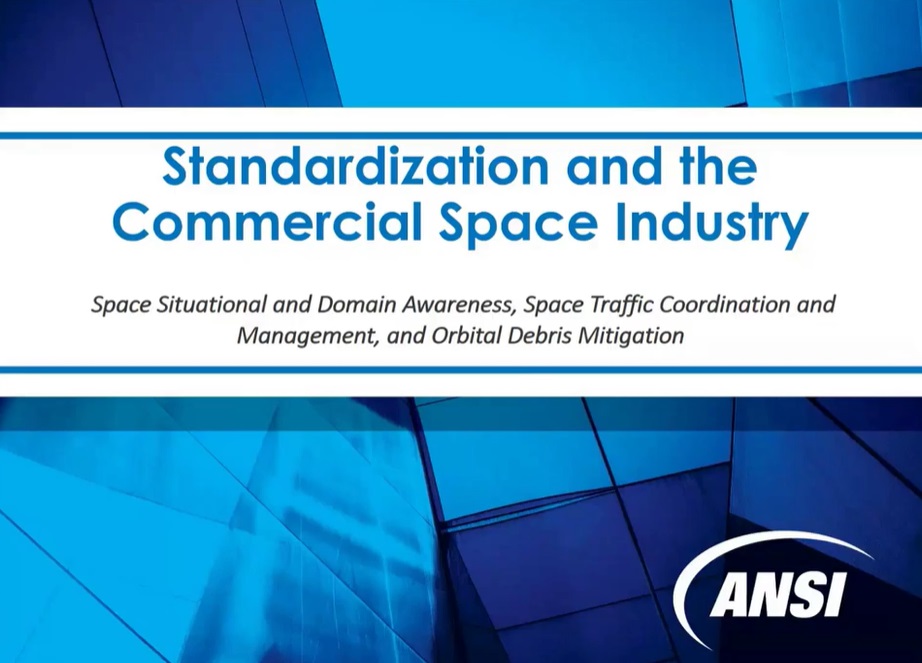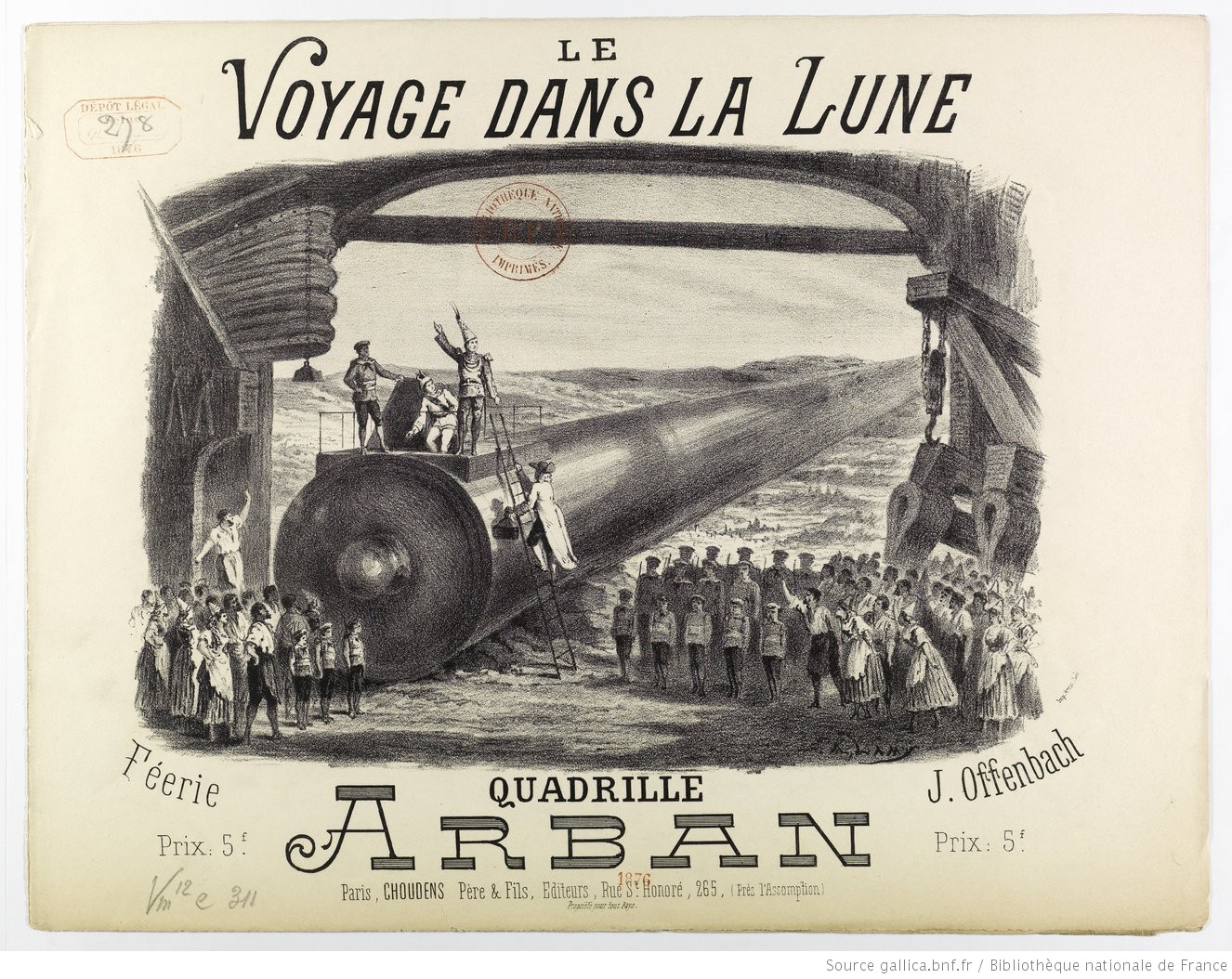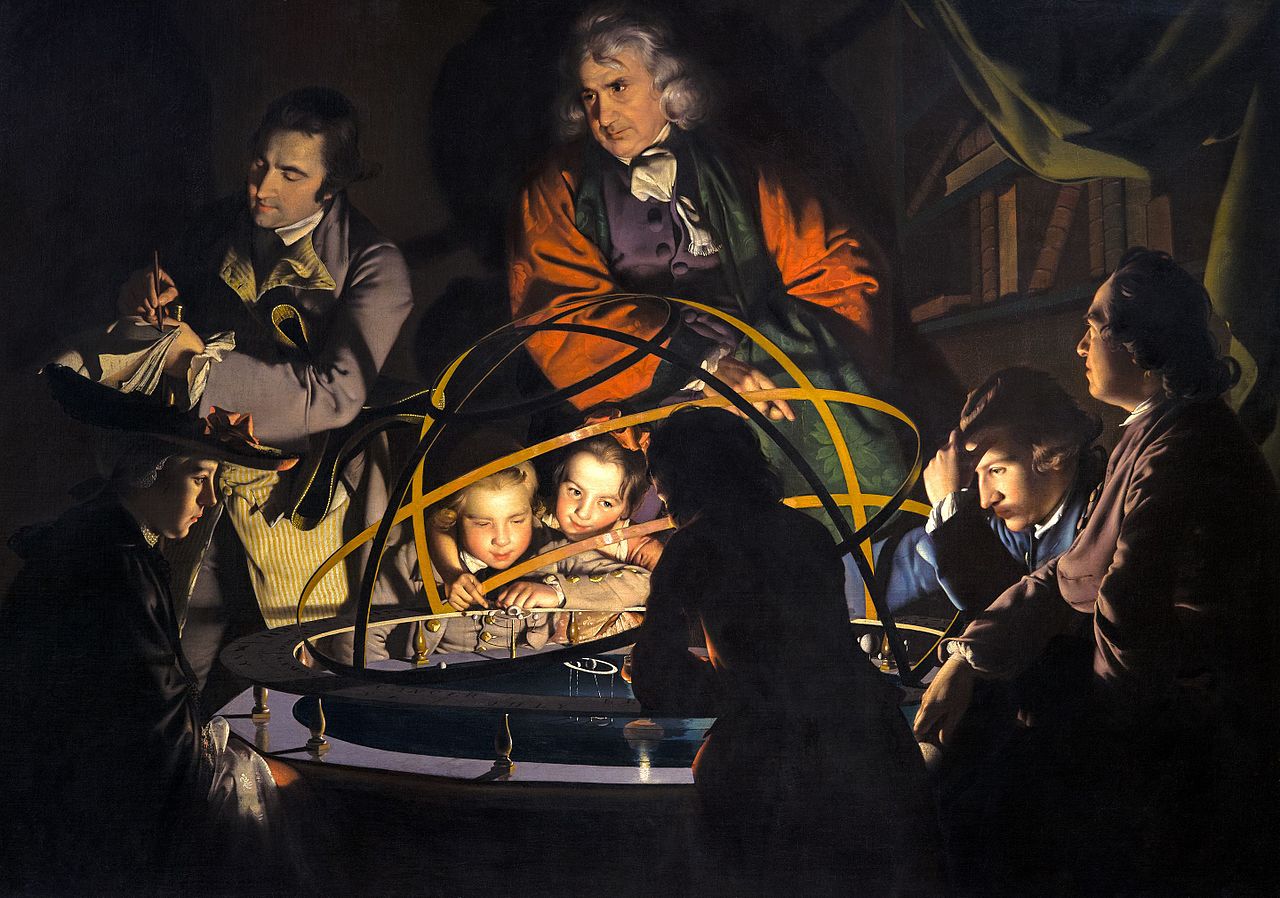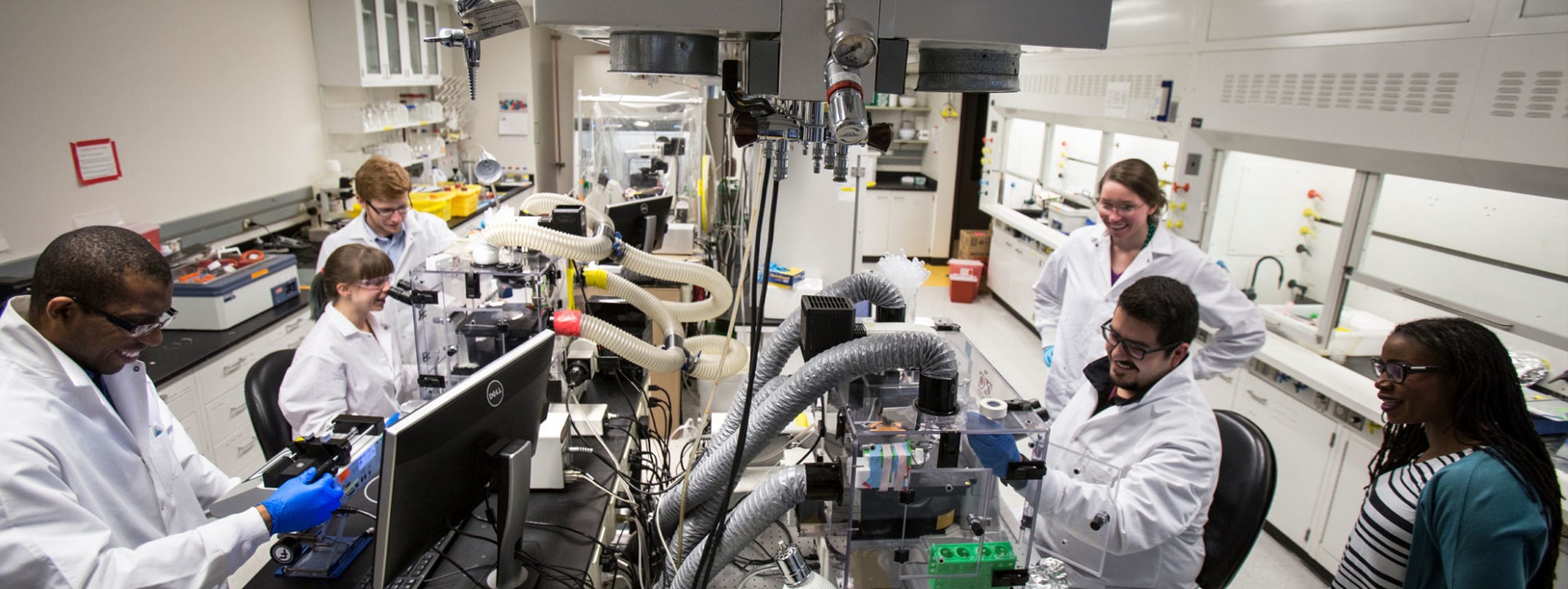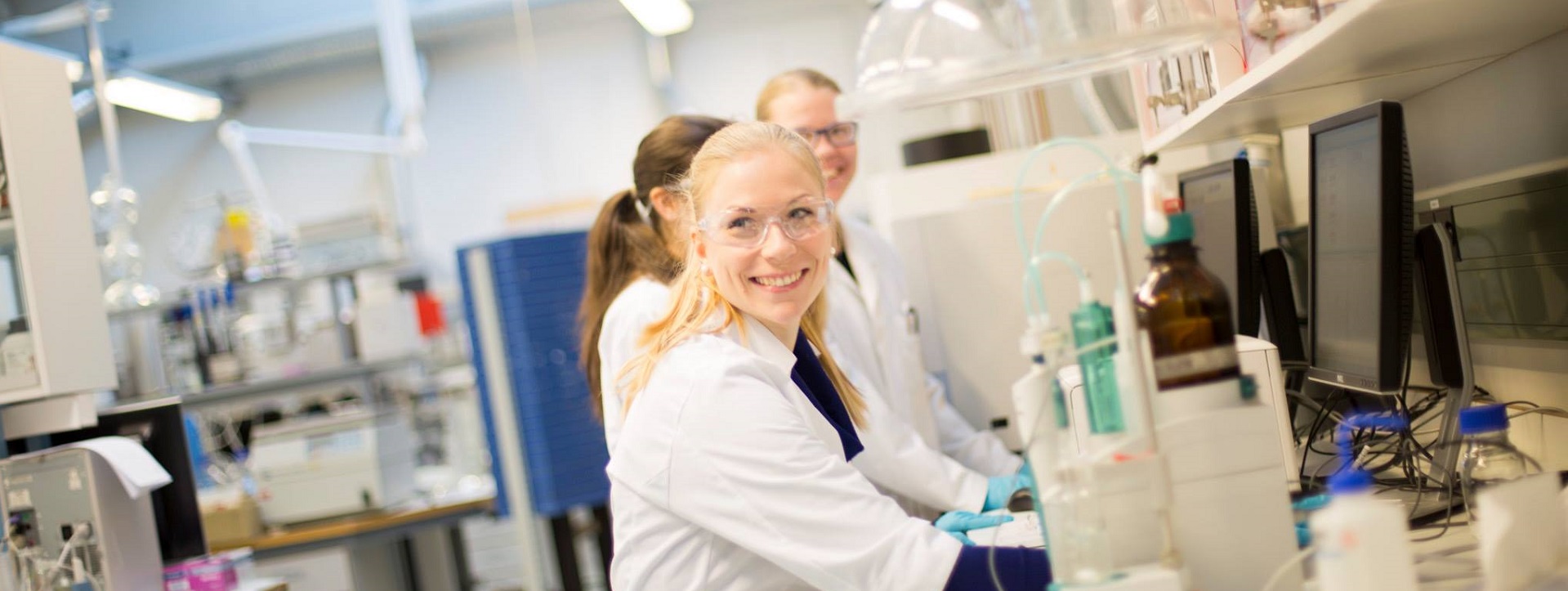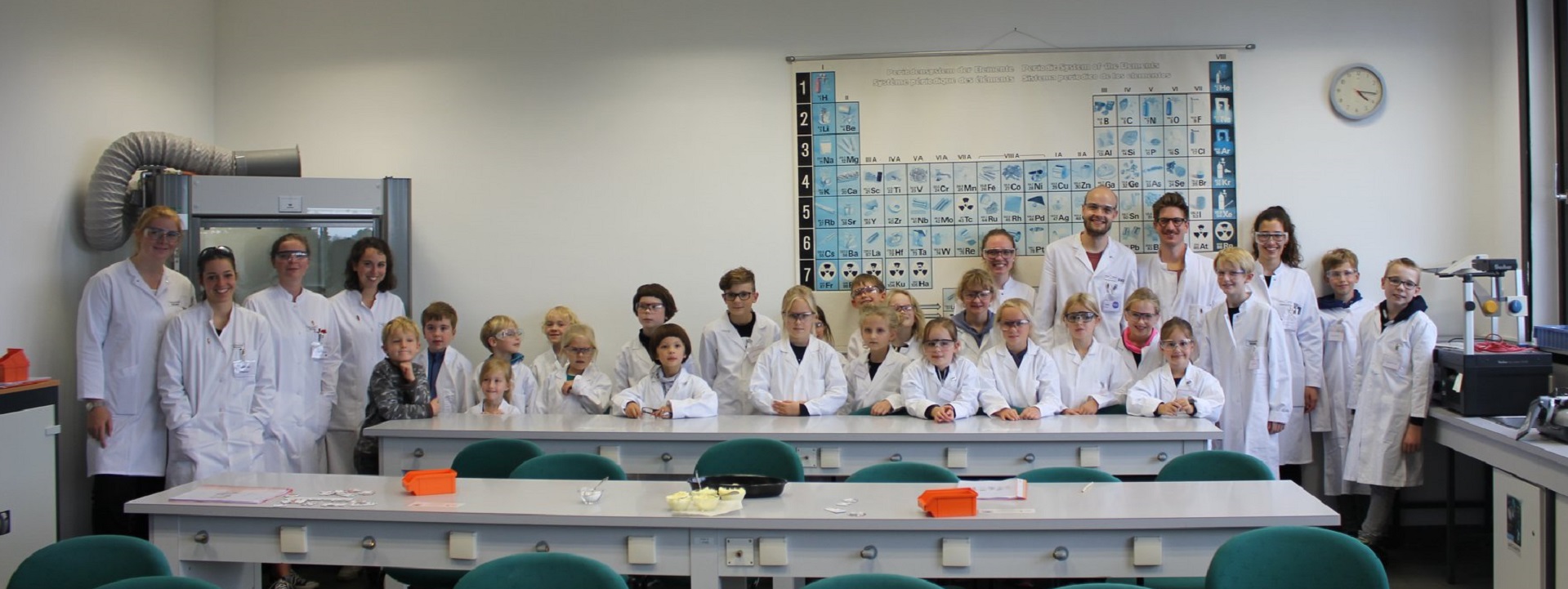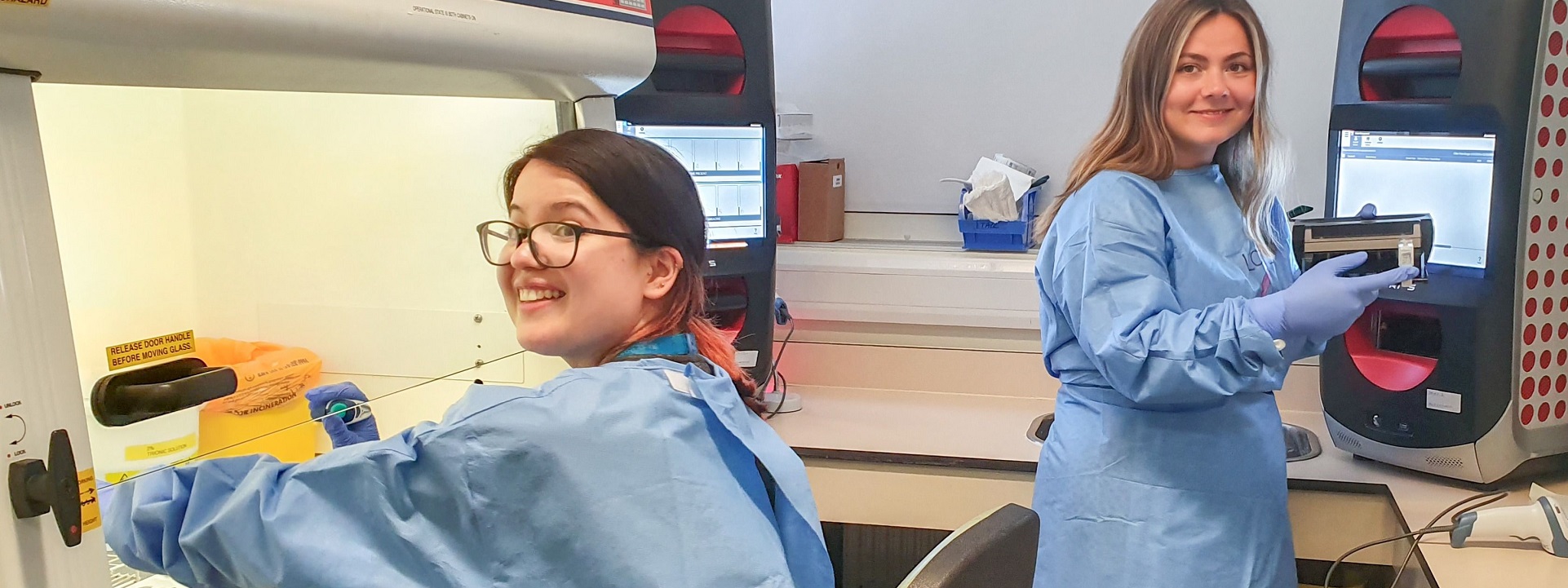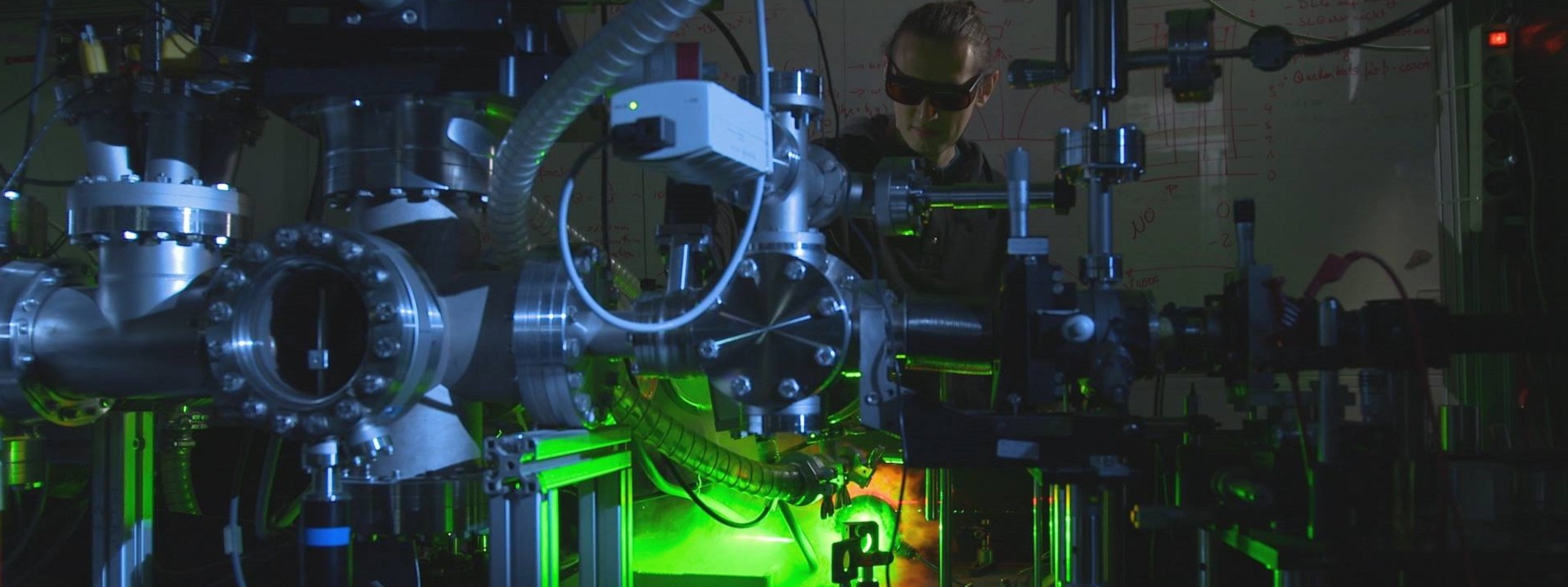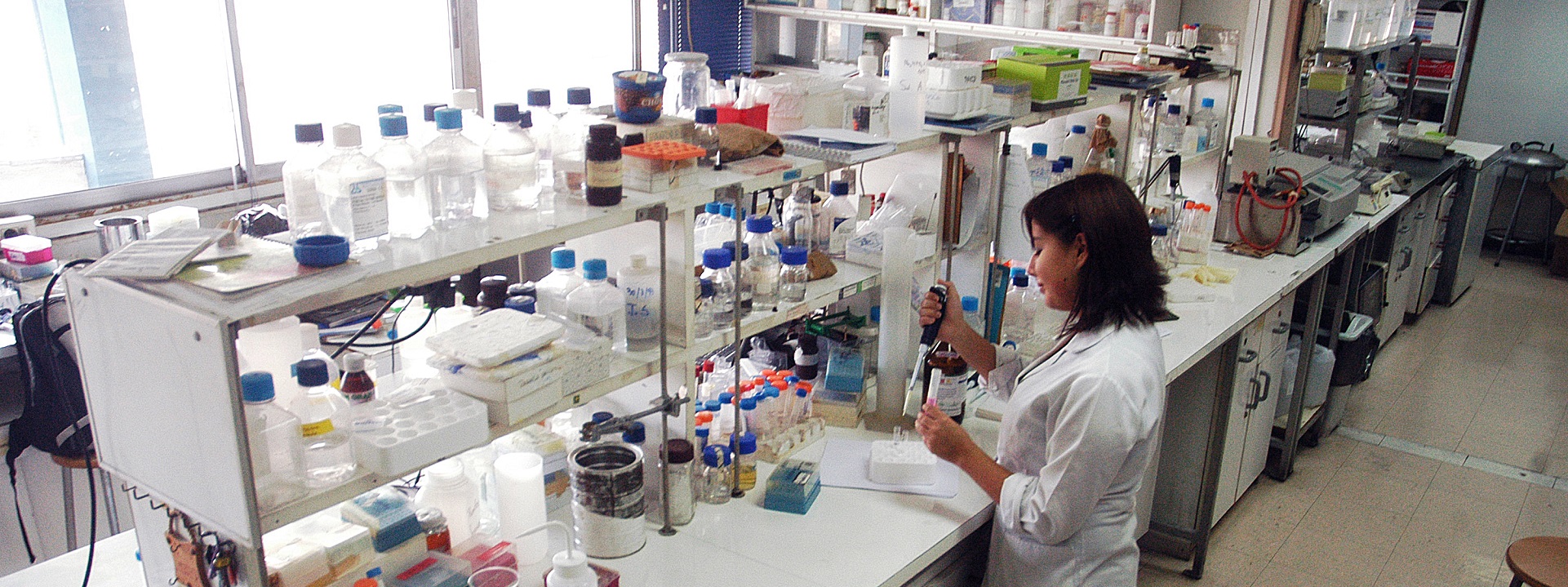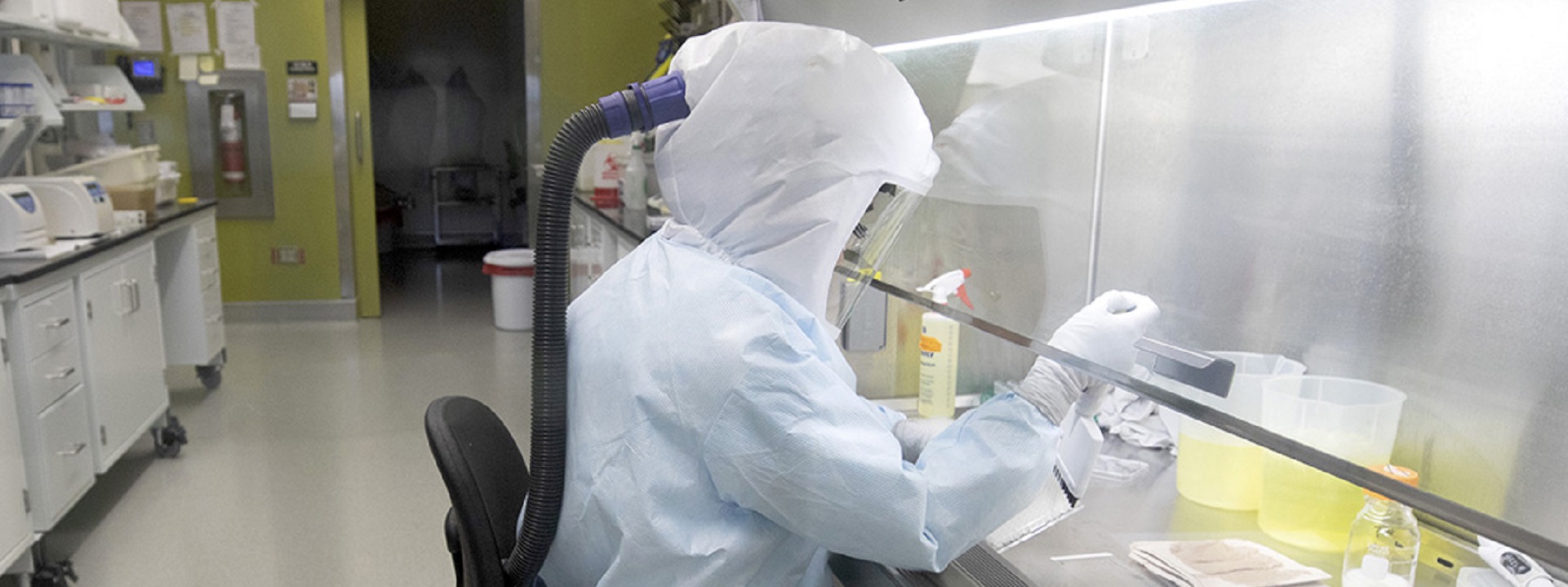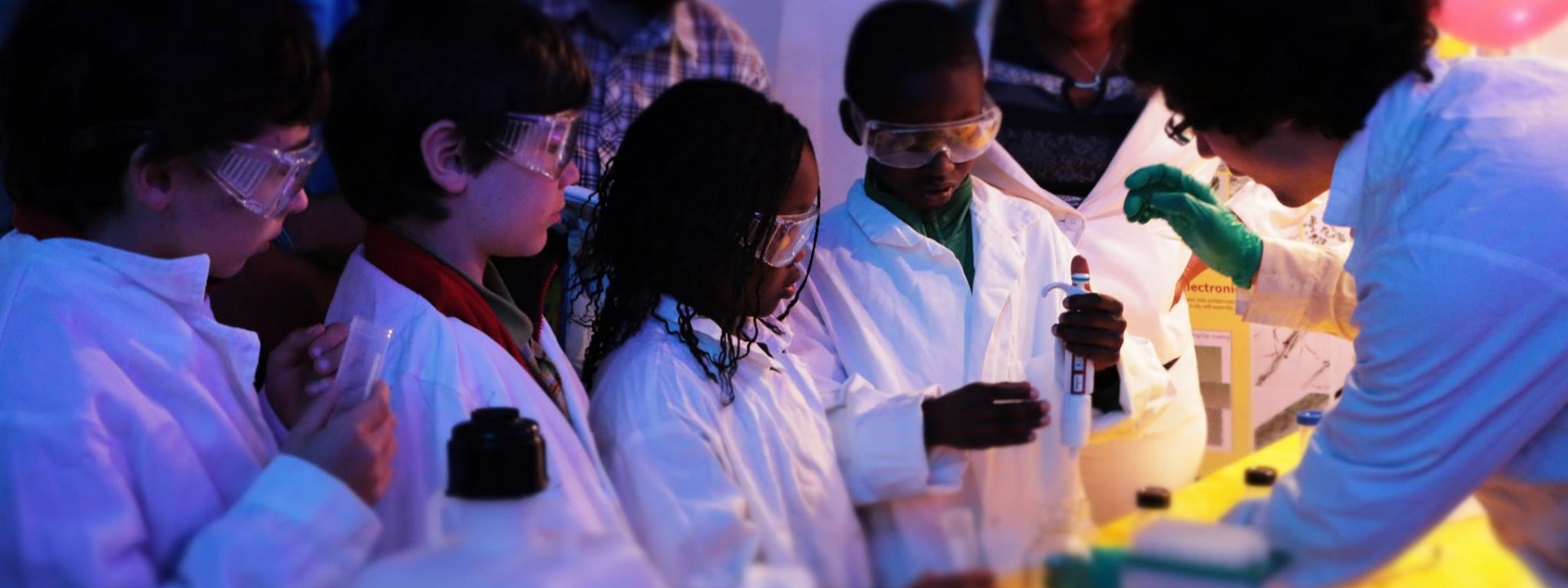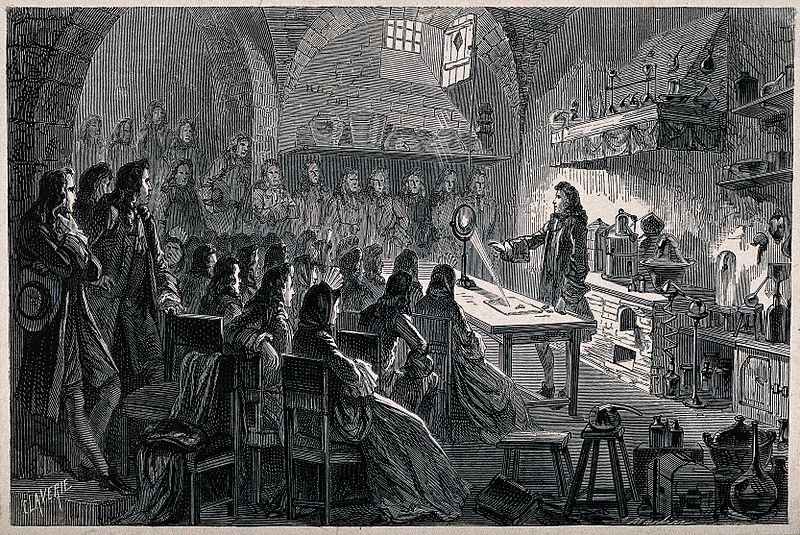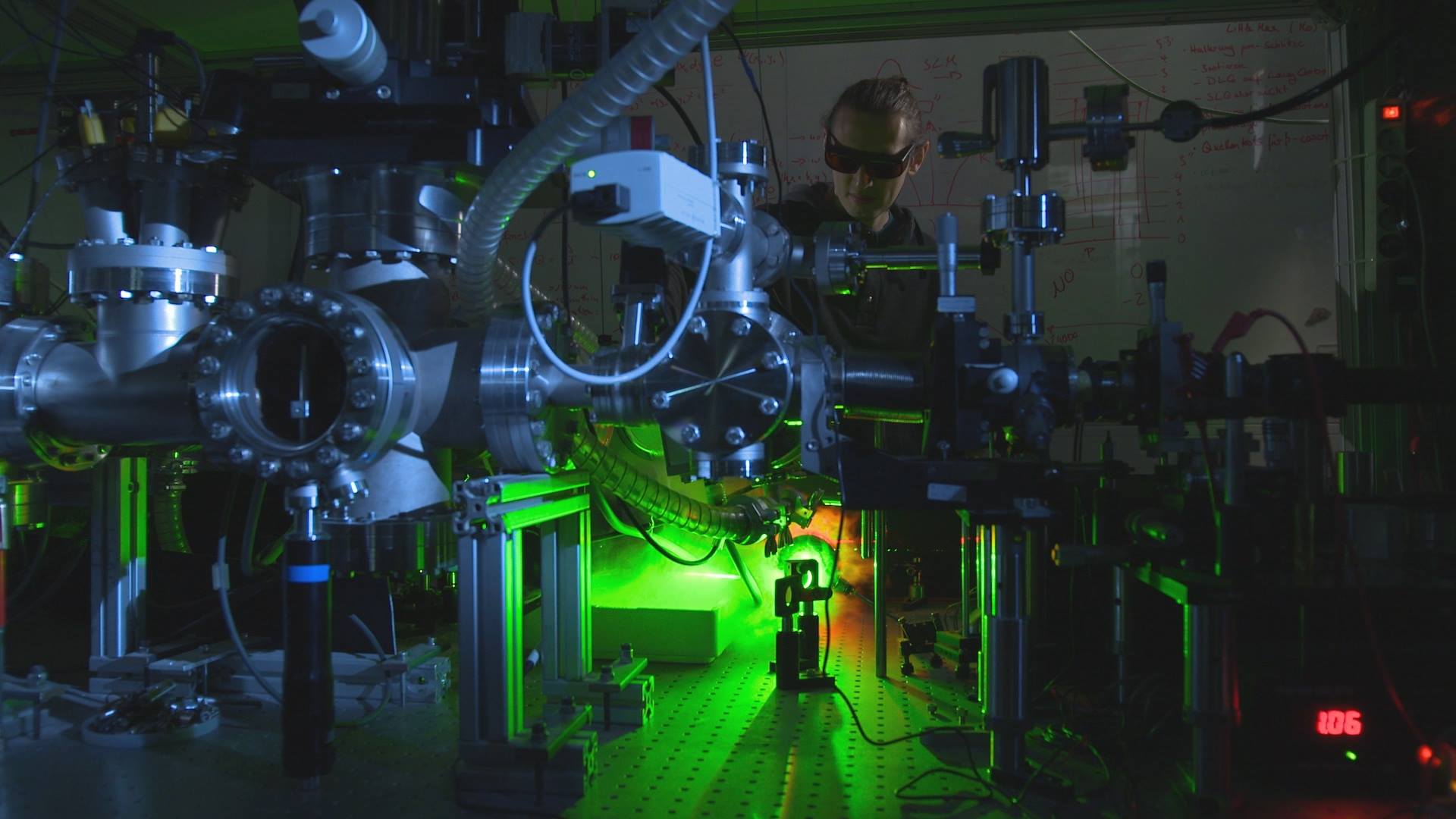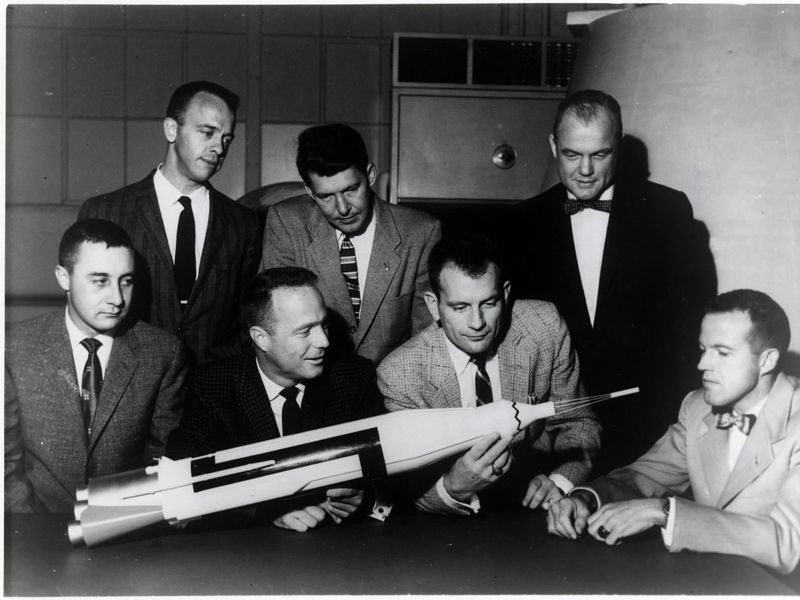
John Glenn, standing top right, looks at a model of the ship that took him to space with other astronauts from the Mercury space program in an undated photograph. (NASA/NASM)
April 7, 2021 Update:
December, 7, 2020
As the coordinator of the U.S. private sector-led system of voluntary standardization, ANSI has been in discussions with commercial space industry stakeholders since the middle of last year. ANSI provides a neutral venue for broad and open discussion of standardization issues for emerging technologies and in national priority areas. Innovation typically leads innovation but standardization solutions can hasten market acceptance; lower cost, thus our interest.
ANSI posted a report on the status of its entry into this domain; linked below:
Commercial Space Industry Standardization Coordination Meeting Summary
ANSI has notified stakeholders that on December, 7, 2020 it will host informational meeting on Standardization and the Commercial Space Industry – Space Situational and Domain Awareness, Space Traffic Coordination and Management, and Orbital Debris Mitigation. The purpose of the virtual meeting is to raise awareness of relevant policy and standardization activity and to facilitate dialogue on coordination and participation in standards-setting.
For more information contact Jim McCabe, senior director, standards facilitation ([email protected]; 212-642-8921).
This project is not enough in our wheelhouse to do much more than pass the information along to education communities. This project offers a front row seat to aerospace engineering and international policy faculty and students. For obvious reasons; standardization in safety and sustainability concepts is a global undertaking.
October 26 update:
The American National Standards Institute (ANSI) announced today that on December, 7, 2020 it will be holding an informational meeting on Standardization and the Commercial Space Industry – Space Situational and Domain Awareness, Space Traffic Coordination and Management, and Orbital Debris Mitigation. The purpose of the virtual meeting is to raise awareness of relevant policy and standardization activity and to facilitate dialogue on coordination and participation in standards-setting.
ANSI serves as administrator and coordinator of the U.S. private-sector system of voluntary standardization. The Institute has been in discussions with commercial space industry stakeholders for well over a year now. In January of 2020, ANSI convened a half-day meeting on commercial space industry standardization and subsequently issued a survey inviting feedback on priority areas, areas needing coordination or not being worked on, and topics that could be discussed at an ANSI meeting, thus leading to this event.
The December meeting will include government, industry, non-governmental, academic, and other perspectives on policy instruments, industry standards, and best practices. Agenda details and registration information will be announced soon. Contact: Jim McCabe, senior director, standards facilitation, ANSI ([email protected]; 212-642-8921).
October 16 update: American National Standards Institute (ANSI) seeks information on efforts by members of the standardization community to develop space cybersecurity standards, or any plans to develop such standards.
On September 4, 2020, the White House issued a Memorandum on Space Policy Directive-5—Cybersecurity Principles for Space Systems (SPD-5) calling on federal government departments and agencies to foster practices within government space operations and across the commercial space industry, including international partners, that protect space assets and their supporting infrastructure from cyber threats and ensure continuity of operations. The government is concerned with cybersecurity in all phases of space systems development and ensuring cybersecurity throughout their life-cycle. Space systems may include ground control networks, space vehicles, and user or mission networks. These may be government national security space systems, government civil space systems, or private space systems. Examples of space vehicles may include satellites, space stations, launch vehicles, launch vehicle upper stage components, and spacecraft. Please refer to SPD-5 for the full scope of the government’s cyber concerns.
The Space Information Sharing and Analysis Center (ISAC) is looking to support the development of space cyber standards relative to SPD-5 and to work in concert with any SDOs that are looking to develop standards so that there is congruence and mutually beneficial outcomes.
ANSI is looking for feedback from its members and constituents describing any efforts that organizations have taken to develop space cyber standards, or any plans to develop such standards. In addition, ANSI seeks contact information for those individuals leading these efforts. ANSI is making this request on behalf of the Space ISAC and The Aerospace Corporation and will share any responses with them and with others who respond.
Send information responsive to this request to the attention of: Jim McCabe, senior director, standards facilitation ([email protected]; 212-642-8921) by November 16, 2020.
Jim McCabe | Senior Director, Standards Facilitation | American National Standards Institute
25 West 43 Street, 4th Floor | New York, NY 10036 U.S.A. | www.ansi.org
[email protected] | Office: 1-212-642-8921 | https://www.linkedin.com/in/mccabejim/
September 15 update: The survey has closed but, at the very least, faculty and students will likely be enlightened by the summary above. We will keep this project on the standing agenda of our Mobility and Global teleconferences. We may find a block of time in 2021 to cover the action and opportunities in this domain.
As a member of ANSI, Standards Michigan encourages its clients to participate in a ANSI survey that will inform prospective standardization solutions and policy templates.
ANSI Survey — CLICK HERE TO START — Responses due May 15th



